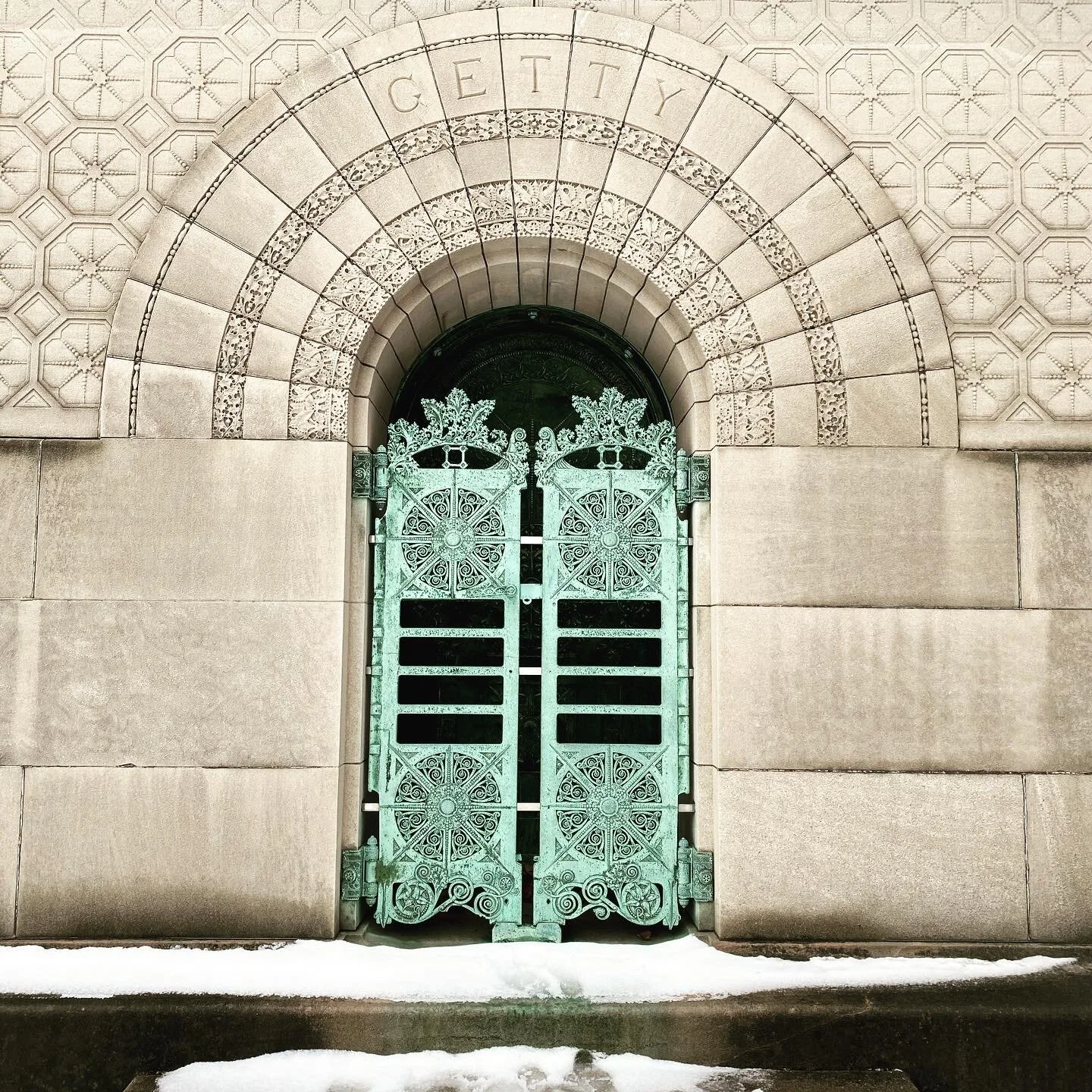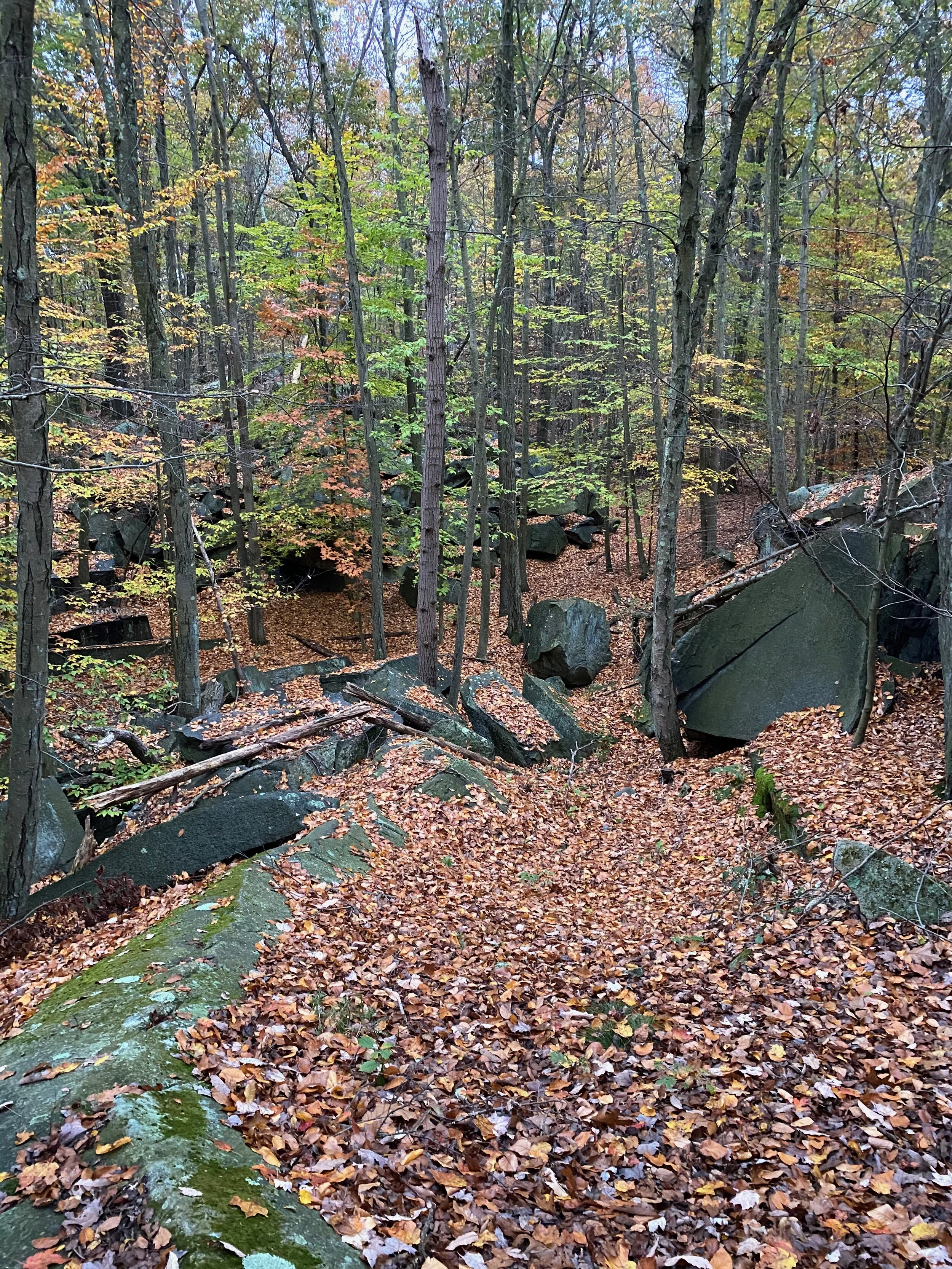Jogging with Giants
A colleague at Woodland Cemetery once told me that “cemeteries are a dying business.” On that occasion, I was there to look at trees, seeing the place as an arboretum, seeking out the massive white oak, the weeping beech, the six-foot around black oak. In the past, I had visited to see Tiffany windows in mausoleums. The preternatural peace, life and death together, attracted me. And I rode my bike along the paths in the Tour de Bronx, mile 34 of 40, and admit that munching a granola bar while Dorothy Parker, Herman Melville, and Miles Davis rested nearby felt slightly disrespectful, but nonetheless restorative.
I’ve also walked in Greenwood Cemetery in Brooklyn, Woodland in Dayton, Ohio, Mount Auburn near Cambridge, Laurel Hill in Philadelphia, and Arlington. And I had driven by Graceland in my hometown of Chicago too many times to admit, always on my way but never as a destination.
Seeking solace, endorphins, and beautiful trees as a New Year’s gift to myself, I decided that a gentle run around Graceland would be within the rules that “only passive recreation is allowed.” Passive might describe my in-training pace, but emotional and intellectual euphoria better captures the experience of moving through the perfectly pruned snow covered trees, the bird sanctuary, and stopped in my tracks by the likes of Armour, Field, Wacker, Potter Palmer, Goodman, Ryerson, Newberry, McCormick, and Ernie Banks.
How can anyone be passive when jogging with giants of Chicago architecture? Adler and Sullivan’s 1890 monument for Carrie Eliza Getty is heaven on earth, surely the point. Daniel Burnham has his own family island, no surprise for the master of urban planning. His mentor William Le Baron Jenney is nearby, nestled in a patch of the 120 acre landscape he designed for the hereafter. Mies is here too, characteristically simple and elegant, just a marker in the earth.
Solace and endorphins. Check.




